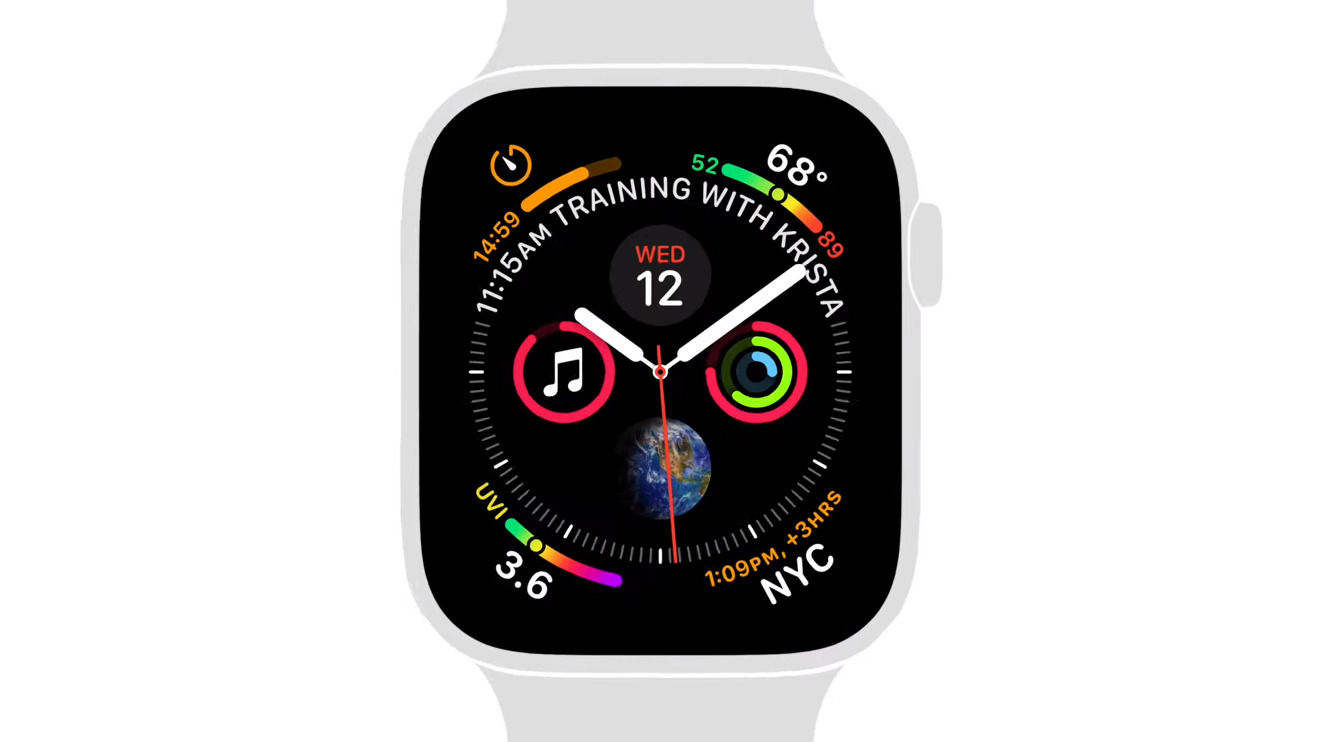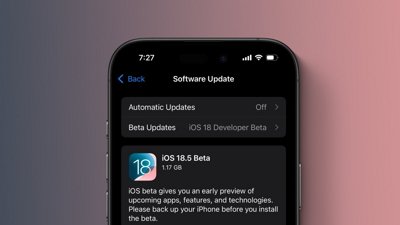Apple on Thursday uploaded a pair of YouTube videos explaining two of the health features of the Apple Watch Series 4, irregular heart rhythm notifications and fall detection.
Both clips are under 40 seconds long, and guide wearers to the right places in the iOS Watch app — "Emergency SOS" in the case of fall detection, and "Heart" for arrhythmia alerts.
Fall detection is normally off by default unless a Watch owner enters their age as 65 or older when they set up a Watch and/or the iOS Health app. This is because Apple's fall algorithms aren't perfect and can potentially be triggered by intense but otherwise normal activity, such as weightlifting.
That can have serious consequences. Emergency SOS will not only sound an alarm but call local emergency services, and message any emergency contacts you've assigned.
The irregular heart notifications can be linked to high and/or low heart rates with specified thresholds. To further avoid false alarms, notifications are only sent if a heart rate holds within a danger zone for 10 minutes.
 Roger Fingas
Roger Fingas








 Chip Loder
Chip Loder
 Wesley Hilliard
Wesley Hilliard
 Marko Zivkovic
Marko Zivkovic

 Christine McKee
Christine McKee
 Amber Neely
Amber Neely

 Malcolm Owen
Malcolm Owen








9 Comments
Reminder to readers outside the US: the Afib detection does not work in all regions. If you’re in one of the (mostly European) countries where the ECG functionality is or was recently made available, you’ve got the Afib detection option (which you turn on using the instructions in this article). If you are in a country that does not have the ECG functionality turned on yet, you do not have Afib detection yet. You can, however, still set high and low heart rate alerts.
I am well under the default age for automatic Fall Detection but I enabled it anyway. I haven't had a single false alarm, but I have fallen bad enough twice hiking where I assumed it would've gone off but it didn't.
It's called Infograph and I've been using it since getting my Series 4 Watch. If you can't find it via the Watch try adding it from the Watch app on your iPhone.